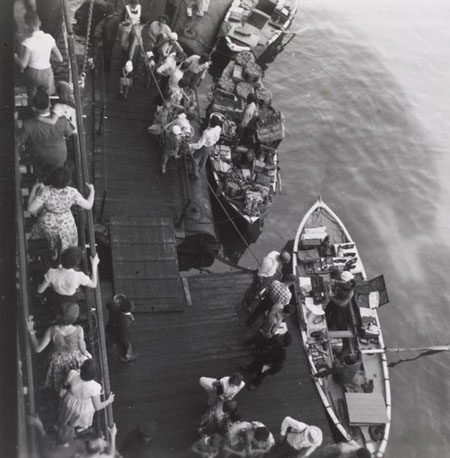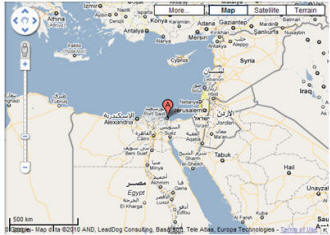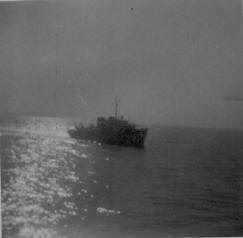In the
1940s-1960s, the most common route from
Britain and Europe was via the Suez Canal.
There were stopovers in Port Said in Egypt,
Port Aden
in
what is now Yemen. They would then call at Bombay
(India) or Colombo (Sri Lanka, then called
Ceylon) before
crossing the equator
on the way south to
Fremantle in Western Australia. Many
passengers would remain with the ship and
sail to Station Pier in Melbourne or perhaps
on to New Zealand.
From there, the ships travelled across the
Indian Ocean to the Western Australian Port
of Fremantle. |
|
'Stopovers' were
a practical necessity for passenger liners,
to restock with fuel, fresh food and water,
as well as to load and unload passengers.
They were also an advertised attraction for
migrants, many of whom had never previously
travelled outside their home country. The
stop-over ports were adventures, offering
opportunities to meet the locals, bargain
for souvenirs, and sample a heady mix of
sights, sounds and smells. |
|
The big ships
went single file through the Suez Canal, and
often had to 'queue' at Port Said. The
passengers could go ashore and book tours to
the pyramids or go on camel rides. Buying
from pedlars in small boats or at exotic
bazaars were entertaining novelties for most
migrants travelling to Australia.
The ports
visited depended on the shipping line and
the route taken to reach Australia. If the
passengers were on lines that used the Suez
Canal, they would sail across the
Mediterranean Sea to Port Said in Egypt.
There they entered the narrow canal and
travelled through to Port Aden in Yemen, and
out into the Red Sea.
|
|
Below: photo of the boat sellers taken by dad.
"We bought a camera before we left
UK
".
|
Below: Photo from
Internet Site
|
 |
 |
|
Below:
Port Said and the Suez Canal
Because of the conflicts at the time ships were patrolling to
protect the migrant ships as they passed through the Suez Canal. See
Cairo Riots
1952 |
"Picture of
small boat leading us though the
Suez Canal
. Aeroplanes overhead
" -
Dad
Dad's photo |
 |
 |
|
*
Click
here for information about the Suez Conflict in 1952. |